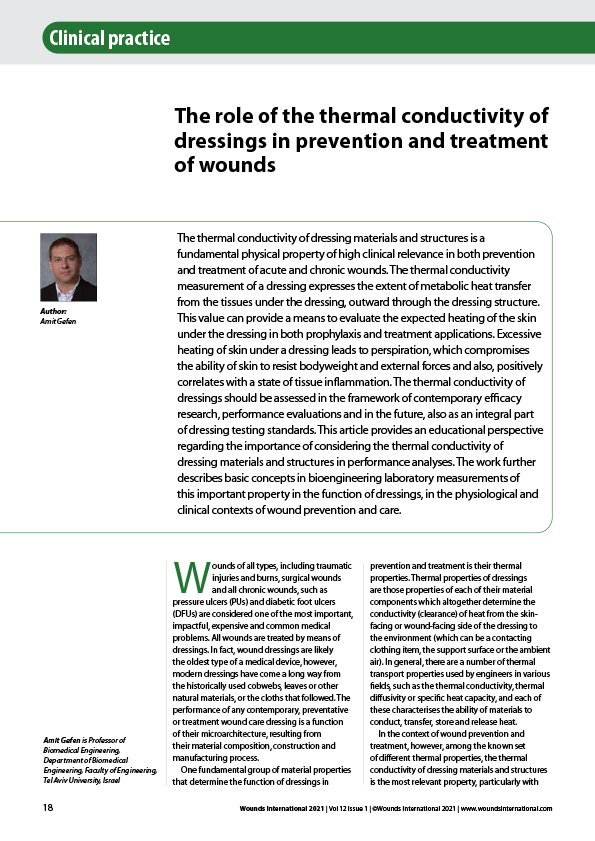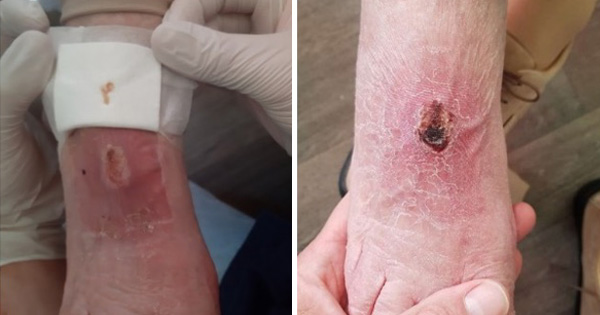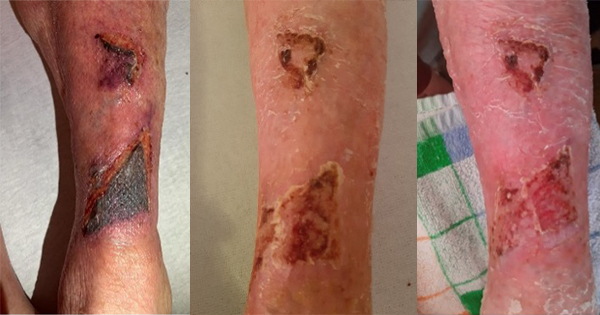The thermal conductivity of dressing materials and structures is a fundamental physical property of high clinical relevance in both prevention and treatment of acute and chronic wounds. The thermal conductivity measurement of a dressing expresses the extent of metabolic heat transfer from the tissues under the dressing, outward through the dressing structure. This value can provide a means to evaluate the expected heating of the skin under the dressing in both prophylaxis and treatment applications. Excessive heating of skin under a dressing leads to perspiration, which compromises the ability of skin to resist bodyweight and external forces and also, positively correlates with a state of tissue inflammation. The thermal conductivity of dressings should be assessed in the framework of contemporary efficacy research, performance evaluations and in the future, also as an integral part of dressing testing standards. This article provides an educational perspective regarding the importance of considering the thermal conductivity of dressing materials and structures in performance analyses. The work further describes basic concepts in bioengineering laboratory measurements of this important property in the function of dressings, in the physiological and clinical contexts of wound prevention and care.





